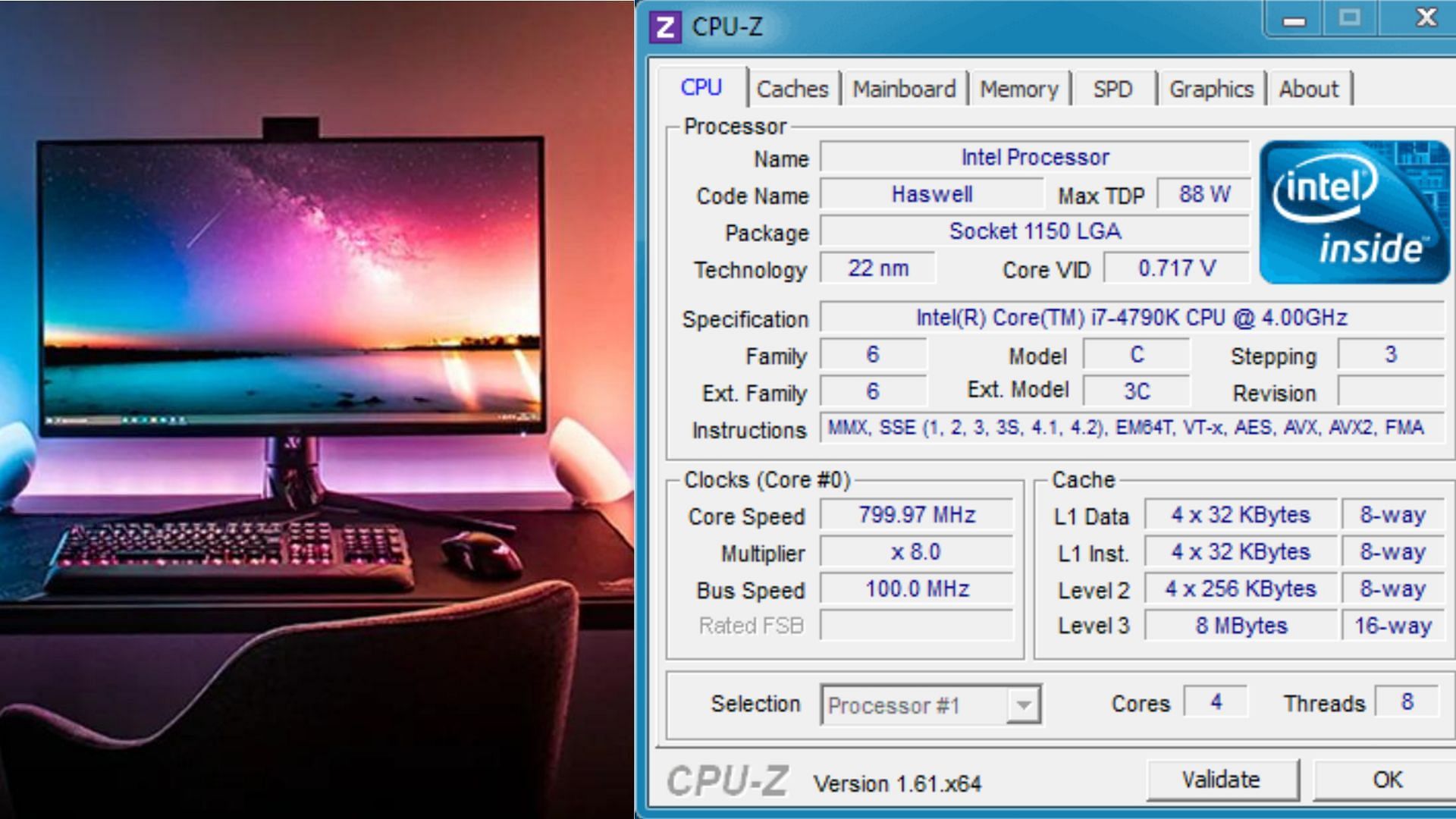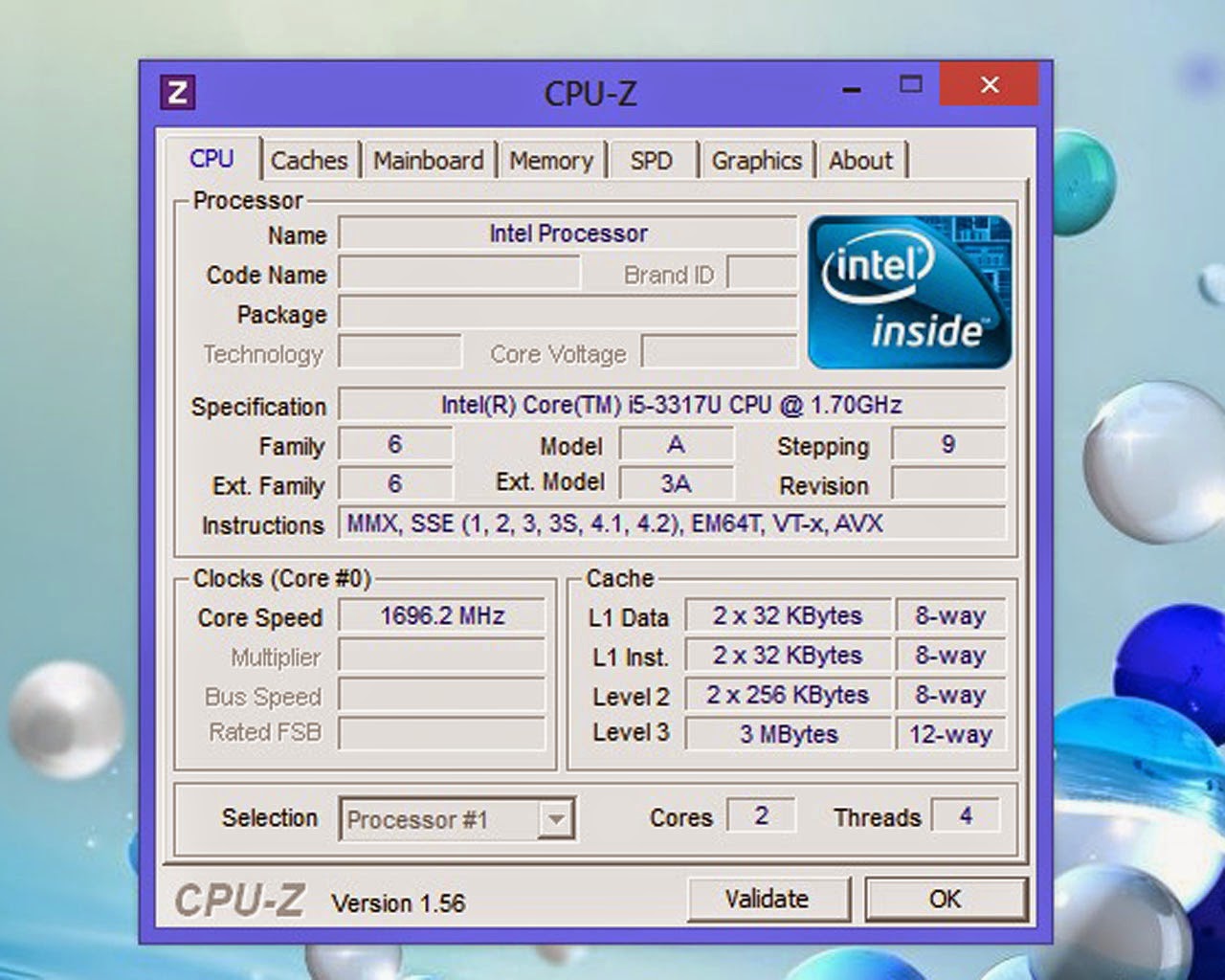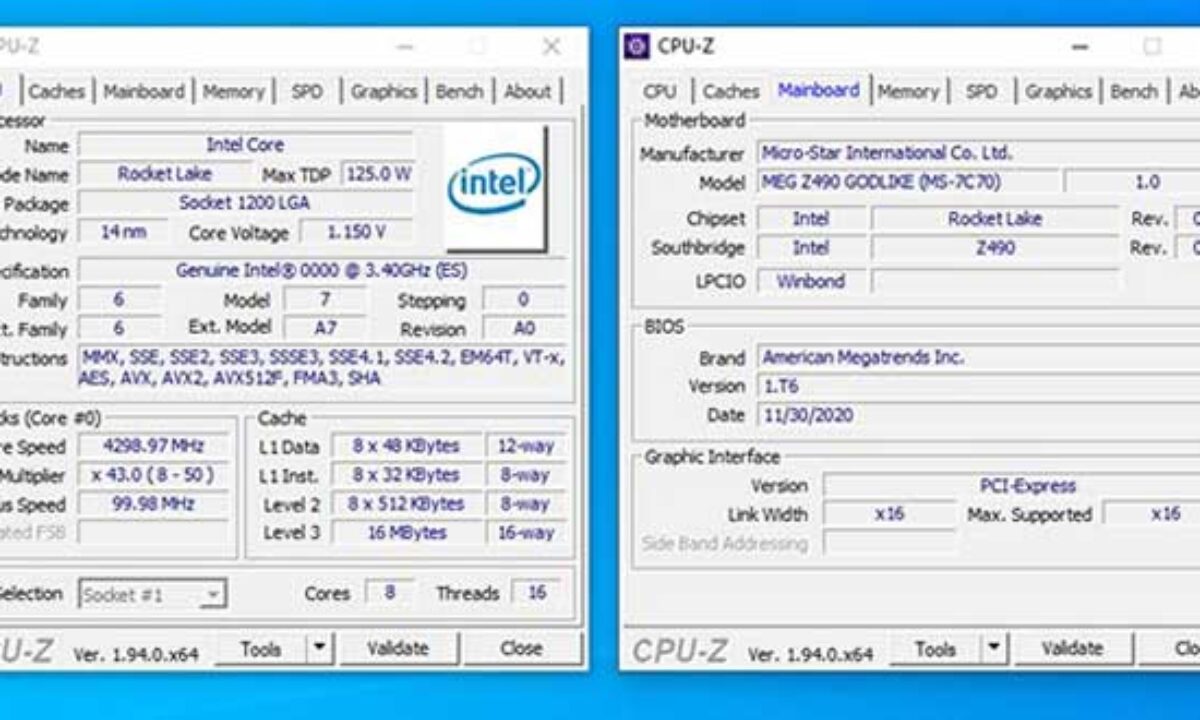Cpu z – CPU-Z is your go-to tool for understanding your computer’s inner workings. This handy utility provides a detailed breakdown of your CPU, RAM, and other hardware components, displaying everything from manufacturer and model numbers to clock speeds and cache sizes. It’s a must-have for anyone who wants to know exactly what’s powering their machine, whether you’re troubleshooting performance issues, upgrading components, or simply satisfying your tech curiosity.
Let’s dive into how this powerful little program works.
CPU-Z supports a wide range of operating systems, making it accessible to nearly everyone. Its simple interface makes it easy to use, even for beginners, while providing enough detail to satisfy experienced users. We’ll explore its core features, advanced usage scenarios, and how to interpret the data it presents, helping you to gain a deeper understanding of your computer’s hardware.
CPU-Z: A Deep Dive

CPU-Z is a freeware utility that provides detailed information about your computer’s hardware components. It’s a valuable tool for anyone wanting to understand their system’s specifications, troubleshoot performance issues, or verify hardware upgrades. This guide will explore its core features, advanced functionalities, and how to interpret its data effectively.
Introduction to CPU-Z
CPU-Z’s primary function is to provide comprehensive and readily accessible information about a computer’s central processing unit (CPU), memory modules, motherboard, and graphics card. It achieves this through a straightforward user interface displaying key specifications and technical details. CPU-Z supports a wide range of operating systems, including Windows, macOS, Linux, and even some embedded systems. Its development began in the early 2000s, and it has continuously evolved to support newer hardware and technologies, reflecting the ever-changing landscape of computer components.
CPU-Z is a great tool for checking your system specs, especially if you’re troubleshooting performance issues. Sometimes, though, slowdowns can be related to online services; if you’re experiencing lag, check if chat gpt down is having problems, as that could impact applications relying on it. Once you’ve ruled out external issues, CPU-Z can help pinpoint hardware bottlenecks within your computer itself.
Core Features and Data Display
CPU-Z displays CPU information such as the manufacturer, model number, core count, clock speed, cache sizes, and instruction sets. It uses low-level system calls and direct hardware access to gather this information. For memory, it displays the type (DDR4, DDR5, etc.), size, speed, and timings. The data is presented clearly and concisely, using a tabbed interface for different hardware components.
Compared to other system information tools, CPU-Z offers a balance of detail and ease of use. Here’s a comparison:
| Tool Name | Data Accuracy | User Interface | Platform Compatibility |
|---|---|---|---|
| CPU-Z | High | Simple and intuitive | Windows, macOS, Linux |
| Speccy | High | More visually appealing, but slightly more complex | Windows |
| System Information (Windows) | Medium | Basic, built-in Windows utility | Windows only |
Advanced Features and Usage Scenarios
CPU-Z is invaluable for troubleshooting performance issues. By identifying CPU clock speeds, memory performance, and other relevant parameters, users can pinpoint potential bottlenecks. It’s also useful for verifying hardware upgrades, ensuring that new components are correctly installed and recognized by the system. Identifying potential bottlenecks involves examining CPU utilization, memory usage, and other metrics displayed by CPU-Z to understand which component is limiting overall performance.
To diagnose system stability, follow these steps:
- Run CPU-Z and monitor CPU temperatures and voltages under stress testing.
- Check for unusual clock speed fluctuations or errors.
- Analyze memory timings and stability.
- Compare results with baseline readings from a stable system.
- Investigate any anomalies indicated in the CPU-Z data.
Interpreting CPU-Z Data, Cpu z

Understanding CPU-Z data requires awareness of common misconceptions. For example, the reported clock speed might represent the base clock, not the boosted clock under load. Interpreting clock speeds and multipliers involves understanding the relationship between the base clock and the multiplier, which determines the final clock speed. Cache levels refer to different layers of fast memory on the CPU, each with its size and speed affecting performance.
CPU-Z is a great tool for checking your computer’s specs, right? But did you know that the processing power needed to fly a drone smoothly is pretty impressive? Check out the weather conditions for flying one in Paris, drone in Paris , to see how demanding it can be. Then, come back and use CPU-Z to see how your own system stacks up – you might be surprised!
- CPU Clock Speed: The frequency at which the CPU operates, affecting processing speed.
- Core Count: The number of independent processing units within the CPU.
- Cache Size: The amount of high-speed memory on the CPU, influencing data access speed.
- Memory Speed: The data transfer rate of the RAM, affecting overall system responsiveness.
- Memory Timings: Parameters that affect the RAM’s performance, influencing data access latency.
Technical Specifications and Limitations
CPU-Z is a lightweight application with minimal system dependencies. Its size is typically a few megabytes. However, it might have limitations in identifying highly customized or obscure hardware components. Compared to other tools, CPU-Z might lack advanced features like real-time monitoring or detailed thermal analysis.
| Feature | CPU-Z | Speccy | HWiNFO |
|---|---|---|---|
| Real-time monitoring | No | Yes | Yes |
| Detailed thermal analysis | Limited | Yes | Yes |
| Advanced benchmarking | No | No | Limited |
While generally accurate, CPU-Z’s data might be affected by BIOS settings or driver issues. Always cross-reference information with other sources for complete accuracy.
Visual Representation of CPU-Z Data
CPU-Z uses a tabbed interface, with each tab dedicated to a specific hardware component. The interface is clean and uncluttered, using color-coding to highlight key information. For example, critical parameters might be displayed in bold or a different color to draw attention. The use of clear labels and concise descriptions makes the data easy to understand.
A typical CPU-Z screenshot would show tabs for CPU, Cache, Memory, SPD, Graphics, and Mainboard. Each tab displays a table of specifications, with clear labels and values. For instance, the CPU tab shows the manufacturer, model, core speed, number of cores and threads, cache sizes, and other relevant information. The color scheme typically uses a consistent palette, ensuring readability and visual appeal.
Graphical representations are minimal, but the tabular format effectively conveys the technical details.
Closing Summary: Cpu Z

Understanding your computer’s hardware is key to optimizing performance and troubleshooting problems. CPU-Z provides a straightforward and accessible way to gather this critical information. By mastering the information presented by CPU-Z, you’ll be better equipped to diagnose issues, upgrade your system confidently, and gain a much deeper appreciation for the technology powering your daily computing experience. So, download CPU-Z, explore its features, and unlock the secrets of your PC!
FAQ
Is CPU-Z safe to use?
Yes, CPU-Z is a safe and reputable tool from a trusted developer. It’s a lightweight application with no known security risks.
Does CPU-Z require administrator privileges?
CPU-Z is a great tool for checking your computer’s specs, right? Sometimes, though, you need to look beyond your hardware and check other investments, like how your SES stock is performing. Then, once you’ve got a handle on your finances, you can get back to tweaking your CPU settings with CPU-Z and optimizing your system performance.
While it’s usually not necessary, running CPU-Z with administrator privileges might be needed to access some very specific hardware details, depending on your system’s security settings.
Can CPU-Z identify all hardware components?
While CPU-Z is very comprehensive, it might not identify every single component in your system, particularly obscure or less common hardware.
How often should I run CPU-Z?
You can run CPU-Z whenever you need to check your system’s specs, such as before upgrading components or troubleshooting performance issues. There’s no need for regular scans unless you suspect a problem.